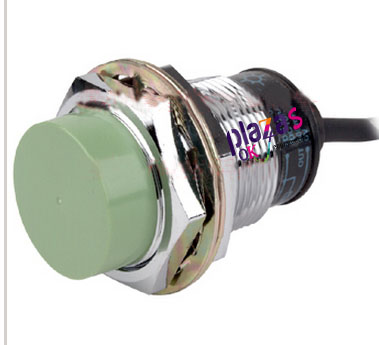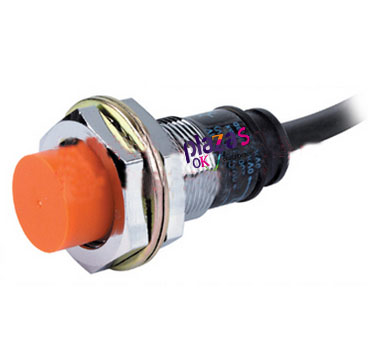The measurement method of double potentiometer is introduced in detail
The measurement method of double potentiometer is introduced in detail
The measurement method of double potentiometer is introduced in detail
I believe that friends who need to use adjustable potentiometers must want to know the correct measurement method of double potentiometer. Today, Soundwell Electronics takes the common 100K, 3-pin rotary adjustable potentiometer as an example:


The two fixed ends of the adjustable potentiometer are A and B, and the middle sliding contact is C, then:
1. Measure the resistance between A-B, it should be 100K;
2, measure the resistance between A-C and B-C, then the sum of the two resistance values should be 100K (or basically equal);
3, any position during the rotation adjustment process should meet condition 2;
4. Turn the knob counterclockwise to 0, then the resistance between B-C is "0", and the resistance between A-C is "100K";
5. The measuring points are fixedly connected to B and C, and the knob is gradually adjusted from the "0" point to the maximum, then the resistance value change between B-C should be in the same proportional relationship with the change of the knob position (angle);
6. If it is a special potentiometer (logarithmic), the "proportional" relationship in condition 5 should be "logarithmic".
7. Conventionally, B of the above 3 points should correspond to the "0" potential of the circuit signal, A corresponds to the "maximum" (signal input), and C is the signal conditioning output. A and B can be reversed, but the adjustment habits are opposite.
First determine your "idiom";
If "counterclockwise" means decrease and "clockwise" means increase, first turn it counterclockwise to 0, find 2 points where "resistance" is 0, and the rest is A;
Adjust the knob to any 1 intermediate position, and measure the resistance between point A and the other 2 points. If the resistance value remains unchanged at 100K, that point is B.
In fact, C is determined according to the relationship of Rab=Rac+Rbc.
The middle two are connected to the input terminals of the next stage of amplification.
Do you understand the measurement method of the adjustable potentiometer explained above? You can use it in practice!





